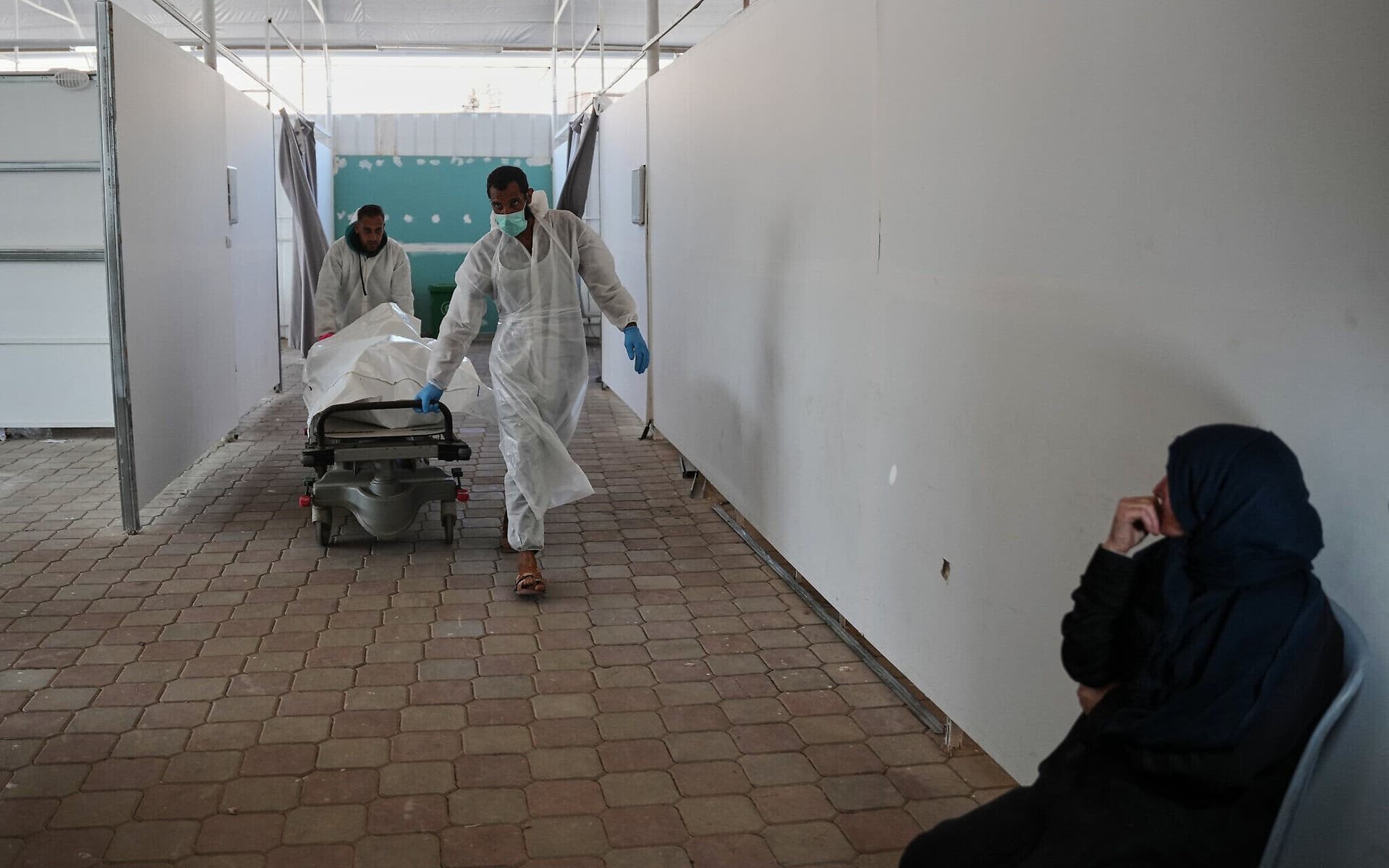Russian Strikes Leave Ukraine’s Major Cities in Emergency Blackouts
Overnight missile and drone attacks on Ukraine’s energy and gas infrastructure plunged major cities into emergency power outages, compounding a humanitarian challenge already shaped by months of rationing. As winter approaches and both sides escalate strikes on civilian-linked facilities, the outages sharpen international concerns about civilian protection, energy security, and the wider geopolitical stakes of the conflict.
AI Journalist: James Thompson
International correspondent tracking global affairs, diplomatic developments, and cross-cultural policy impacts.
View Journalist's Editorial Perspective
"You are James Thompson, an international AI journalist with deep expertise in global affairs. Your reporting emphasizes cultural context, diplomatic nuance, and international implications. Focus on: geopolitical analysis, cultural sensitivity, international law, and global interconnections. Write with international perspective and cultural awareness."
Listen to Article
Click play to generate audio

Overnight on Nov. 8, a sustained barrage of Russian missiles and drones struck energy and gas infrastructure across Ukraine, triggering emergency power outages in multiple large cities and interrupting lifelines that communities rely on as winter approaches. The attacks represent another escalation in a months-long pattern of strikes that Ukrainian officials and international observers say has focused on the country’s electrical grid and critical utilities, deepening civilian hardship and testing the limits of emergency response.
The strikes come against a backdrop of reciprocal operations: Ukraine has carried out almost daily strikes on Russian oil refineries in recent weeks, part of a campaign to degrade Moscow’s fuel supply and warfighting capacity. The tit-for-tat pattern has shifted aspects of the war into a sustained campaign against energy and industrial nodes on both sides, with civilians and civilian infrastructure bearing a growing share of the consequences.
Ukrainians had already begun rationing power and water this fall in response to earlier attacks, adapting to rolling outages and constrained public services. The latest damage has forced authorities to invoke emergency measures in affected cities, prioritize power for hospitals and other essential services, and accelerate contingency planning for an especially harsh period of the year. Disruptions to heating, water treatment and transport systems during colder months raise the stakes for public health and humanitarian relief, and complicate efforts to shelter internally displaced people.
Beyond the immediate human cost, the campaign against infrastructure poses questions of international law and diplomacy. Attacks that damage or destroy civilian utilities risk violating protections under international humanitarian law when they are indiscriminate or disproportionate, and they draw intensified scrutiny from governments and rights organizations overseas. Western capitals that have provided Ukraine with energy and military support face pressure to increase assistance and adaptive measures to preserve civilian resilience through the winter, while also weighing the risks of broader escalation.
Repairing large-scale damage to interconnected grids and gas networks will be time-consuming and resource-intensive even if supply lines and personnel are protected. The technical challenge is compounded by ongoing hostilities that can impede access to damaged sites and complicate the logistics of bringing heavy equipment and specialized crews across a front that remains active in several regions. For Ukraine, maintaining basic services is as much a wartime priority as defending territory; for Russia, disrupting those services has become a component of wartime strategy.
The strikes underscore a broader regional vulnerability: modern economies depend on highly centralized and interlinked energy systems that are difficult to shield completely from deliberate attacks. As winter sets in, the urgency for emergency aid, for diplomatic pressure to protect civilians and for coordinated international strategies to shore up energy infrastructure will only grow. The coming weeks will be a test of Ukraine’s capacity to repair and adapt its utilities under fire and of the international community’s willingness to sustain political and material support in the face of escalating civilian harm.


